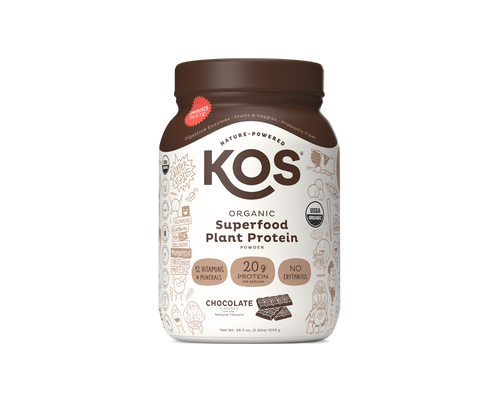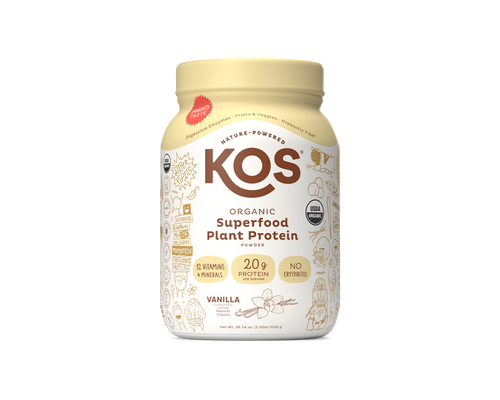Table of Contents

Veggies terrorized you as a child. Don’t try to deny it. At eight years old you thought a bowl of peas was as bad as it got. Then you were introduced to the monstrosity of Brussels Sprouts and the horror-movie special effect they called “spinach”. Your childhood entered a freefall of dinnertime despair.
You grew up. Cauliflower tastefully sprinkled with nutmeg became a surprising treat. Cooked carrots no longer made you retch in front of the dinner guests.
But even as you grew to love them, you were being programmed to think of vegetables as a sort of dinner-plate sidekick. Billions of dollars worth of lobbying and nutritional advertising foisted on you the idea of vegetables as a ceremonial bit of friendly green garnish at the edges of your overcrowded, protein-laden steak plate. *sigh*. Where to begin?
Protein Comes from the Plant Kingdom
Protein comes from the plant kingdom. Say it twice aloud, then write it down. Startle your next cocktail party crowd with this wild and counter-intuitive announcement. It’s all but guaranteed to make someone spit their gin and tonic. Let’s say it again in more concrete terms.
All plant foods contain all 20 dietary amino acids 1 . This includes the 11 non-essential aminos AND the 9 essential amino acids that have to be taken in by eating. Plants are all that? Who knew?

amino acid profile of plant-eater's faves (courtesy U of Minnesota)
Animals (cows, pigs, water buffalo, pheasants, kangaroos, Chihuahuas — you get the idea) don’t magically produce protein. Here’s the drill; the animals get their amino acids from plants (or from other animals that have eaten plants), their bodies assemble proteins from those ingested amino acids, and then we eat those animals. This unnecessarily lengthy process has propped up the ketchup industry for generations.

When your porterhouse steak was alive and had a face — and a kindly face it was — it stood around all day with its muzzle in the grass, innocently chomping the green stuff. What were we doing? Standing on the sidelines, looking at our watches and waiting for the cow to be served up with a side of broccolini.
It may be upsetting to imagine yourself lying in a field and eating grass to get your blessed plant protein, but if you could withstand the social ridicule it would get you a better protein product than your steak.
Beef protein can come bundled with organic but systemically dangerous, carcinoma-related compounds like N-glycolylneuraminic acid (Neu5Gc) 2 , microbial toxins that can adversely affect the human gut biome 3 .
Never mind the synthetics and additives that, even on the most progressive factory farm, will foul your meat to some degree. Inexpensive meat produced at scale on these hugely productive factory farms is contributing to chronic illness 4 .

So eating animals in the pursuit of protein is not an enlightened strategy. Raising animals for protein is something much worse. To drag one kilo of protein out of a cow you need to feed it 6 kilos of plant protein 5 . Even this math-challenged writer can see the ruinous inefficiency in those numbers.
Hey, this is a small world—literally. I mean - Earth is 25,000 miles around the middle. That sounds more like a painfully dull road trip than an actual planet.
On this smallish, increasingly crowded rock, resources are limited and efficiencies of scale are literally life saving. Nearly a billion of us are starving, even as we throw food into livestock feed, vaporizing calories and protein we absolutely can’t spare.
Animals: a Bad Protein Delivery System
From a protein standpoint, the best we can say about animals is that they are lousy protein traders — taking a lot in and doling it back out in miserly quantities smeared with questionable cow-gunk.
A Harvard Medical School study found that substituting just 3% of animal protein calories with plant protein reduced the risk of dying from heart disease by 12 percent 4 .
What’s more, the 32-year study found that same caloric substitution reduced dying from any medical cause by 10%. Read that again.

As Hippocrates (whose birthplace is the Greek island of KOS, btw) noted a very long time ago, “Food is medicine”.
What we eat does much more than just fuel our walking around all day.
Our food intake is either healing or harming our long term physical condition. When the cow eats the plant protein, and then you eat the cow, the once-pristine plant protein takes on a greasy overcoat of fat, and a laundry list of other weird add-ons.
Plant Protein: a List of Heavy-Hitters
So here is a shortlist of vegetables that are so stuffed with protein they make an even stronger case for the “pork-to-plant pivot”.
Lentils — 17.86 grams of protein per cup. Archaeologists have evidence of lentils being consumed on the banks of the Euphrates 6000 years ago. No evidence has been found there of dishware or cloth napkins, however.
Chickpeas — Cooked chickpeas contain around 7.25 g per ½ cup. This item also goes by the more comical sounding name Garbanzo Bean. As you might expect, Garbanzo beans are tastier than Chickpeas, generally.
Pinto Beans — 15.41 grams of protein per cup, and a staple of Mexican, Spanish, and Brazilian cuisine. Pinto means “painted”.
Green Peas — 8.58 grams per cup. I don’t want to seem inexpert, but are there peas that aren’t green?
Brussels sprouts — 5.64 grams per cup. When you were a horrified child you thought of these as gigantic peas. You weren’t exactly wrong.
Chia Seeds — 24 grams of protein per cup! And they also grow green hair on the backs of terra cotta porcupines!
Potatoes —4.55 grams per baked potato with skin intact. And you must eat the skin (the most delicious part). Surely the most glamorous of all the vegetables.
Avocado —4.02 grams per … avocado. Oldest discovered avocado pit? 10,000 years old and found in Coxcatlan Cave, in Mexico’s Tehuacan Valley. Since you asked.
Broccoli! —4.28 grams per stalk. This one made your childhood difficult.
Asparagus — 4.32 grams per cup and disturbingly braided at the top. Canned asparagus is unusually delicious. Just sayin’.
The Joule in the Protein Crown
The plant kingdom has begun to enter the popular imagination as the planet's baseline protein source. Still -- it'll be awhile before we look at a steaming plate of broccoli and say “Gee whiz. Look at all that protein!”
Who among us use this secret “plant protein” knowledge to further their own physical progress? Lab technicians? Biochemists? Well, yeah! But folks who are deeply into pumping iron are most likely of all to have knowledge of which plants will lead to a six-pack—the kind that flatters your stomach region.

Look; solar energy lovingly blasts our spinning planet at the rate of 430 quintillion joules of energy every hour. At high noon on a cloudless day that comes to a kilowatt for every square meter of Earth.
This massive and unceasing bath of energy enters our ecosystem and is consumed by the global carpet of plant life, which we animals dutifully eat—literally chewing up and swallowing the sun's output.
You want protein? Do what the mountain gorilla, rhino, bison, horse, brontosaurus, and many other mighty herbivores have done. Eat (or drink) your veggies. KOS plant protein makes a good start. Hey, we're surrounded by protein. Welcome to the Kingdom.






